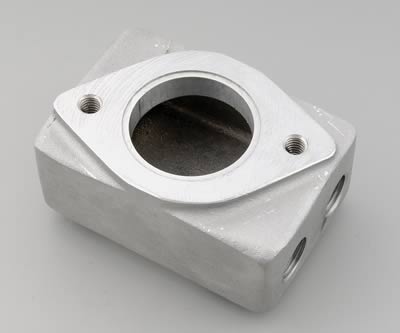- Joined
- Sep 28, 2002
- Messages
- 39,799
Now I can see this working

and this too

But help me out on this:

I mean, one would reason that no one needs an 1 1/2" bib ..for any reason other than to fit the physical thermostat since this only has 3 - 1/2" ports otherwise. No need for 1 1/2" hoses ..nor the bibs on the rad ...or the water pump....etc

and this too

But help me out on this:

I mean, one would reason that no one needs an 1 1/2" bib ..for any reason other than to fit the physical thermostat since this only has 3 - 1/2" ports otherwise. No need for 1 1/2" hoses ..nor the bibs on the rad ...or the water pump....etc




